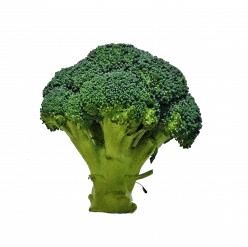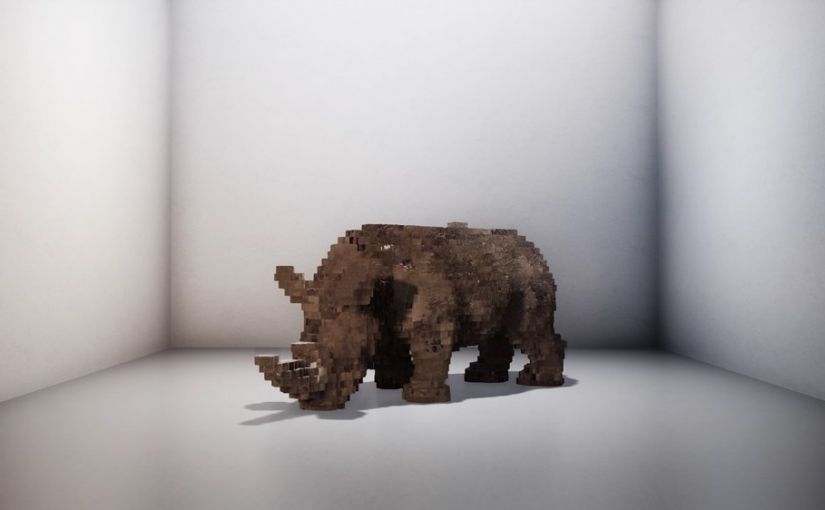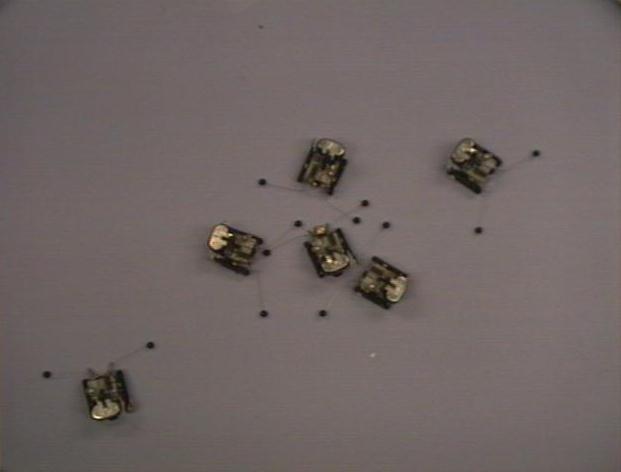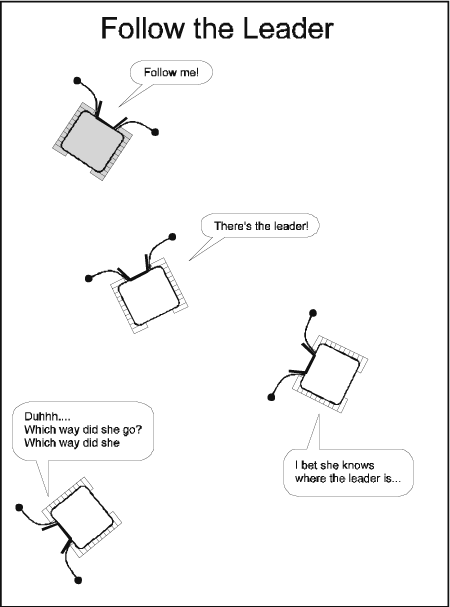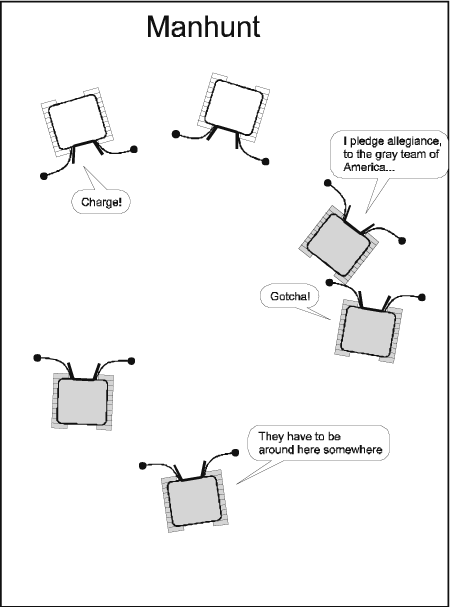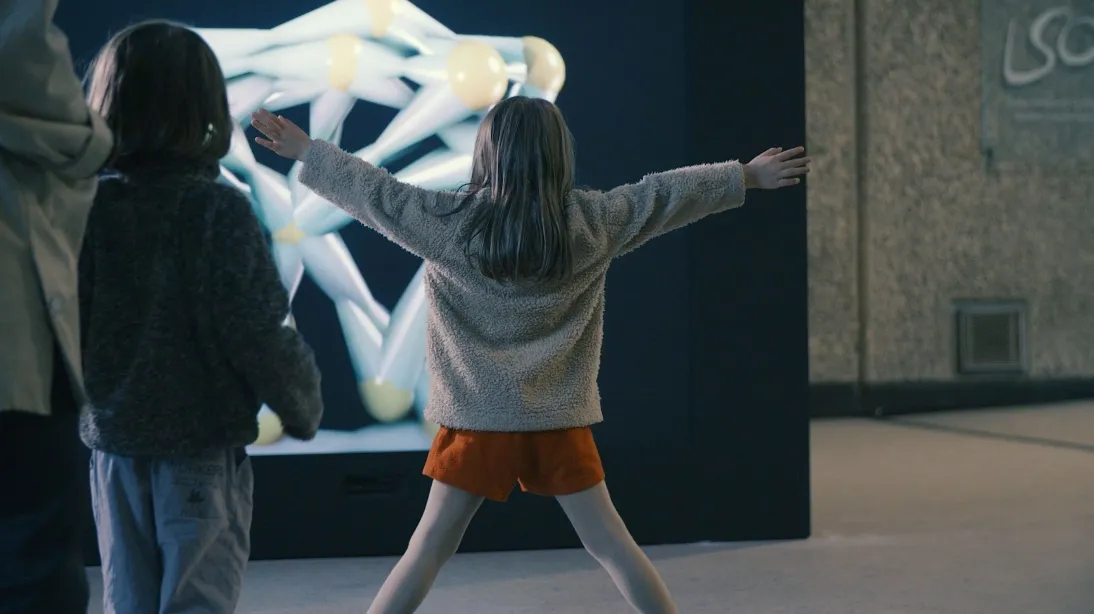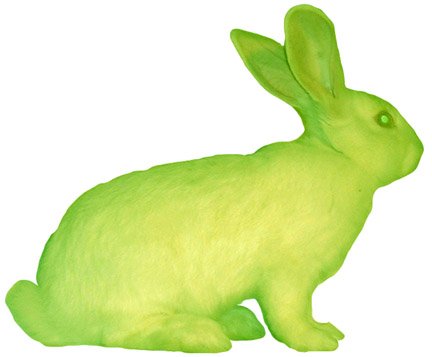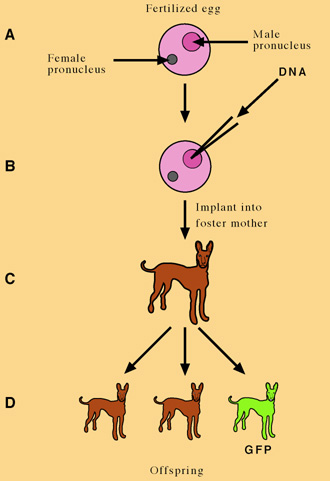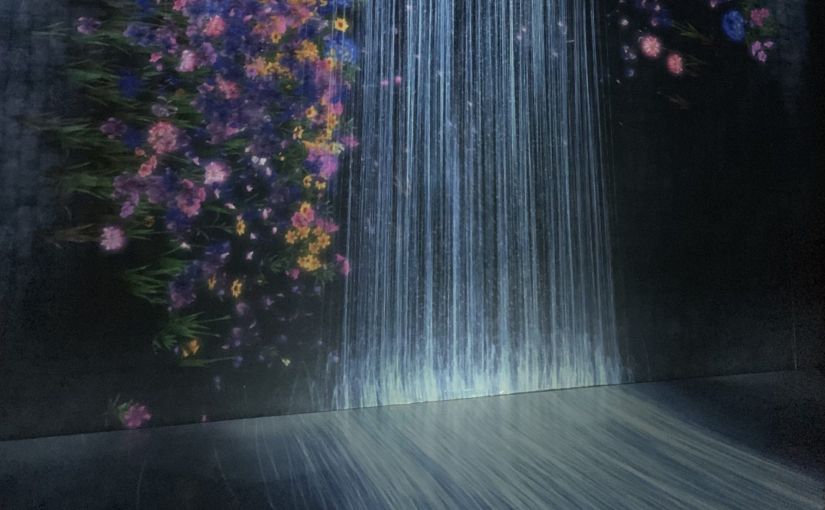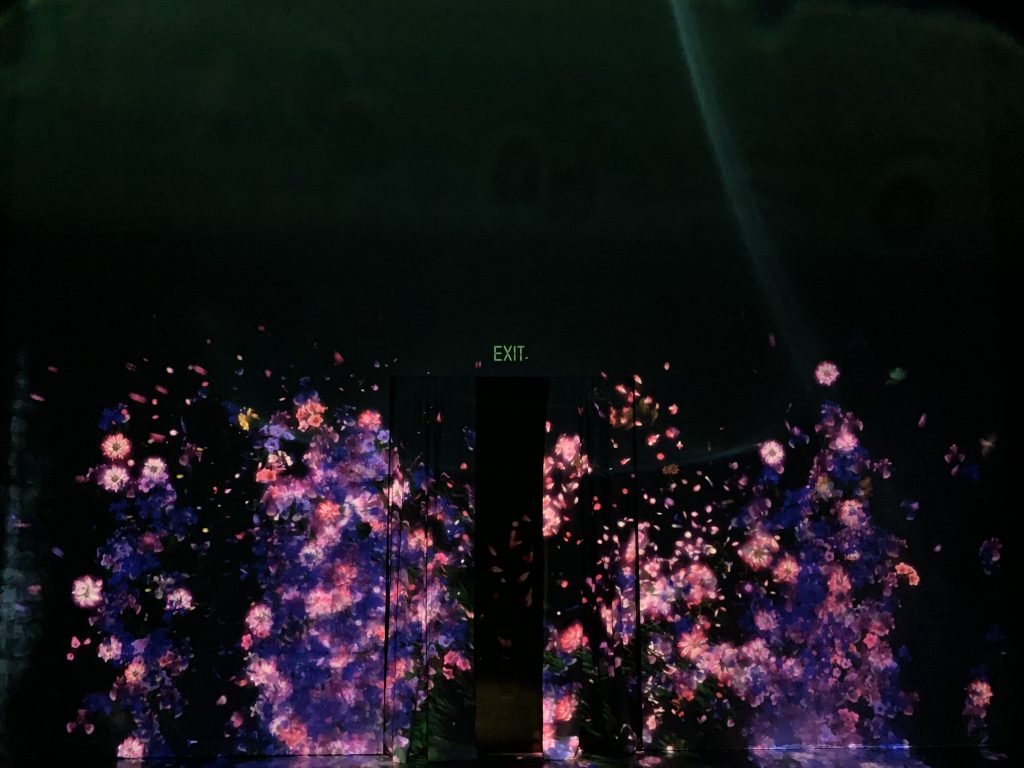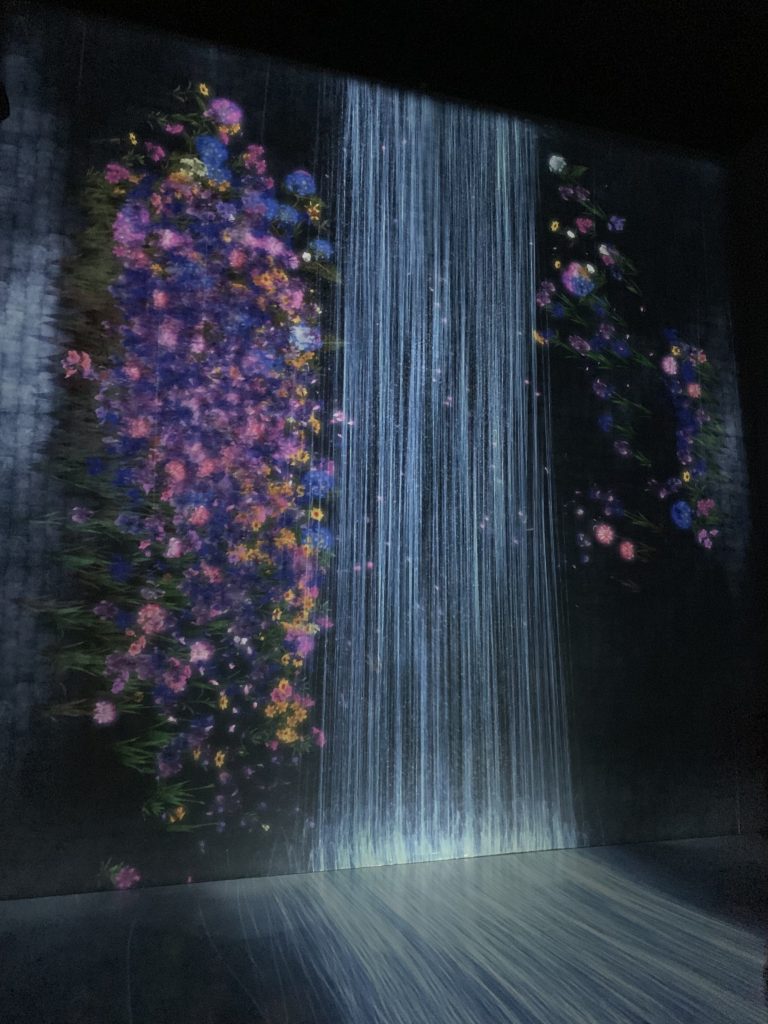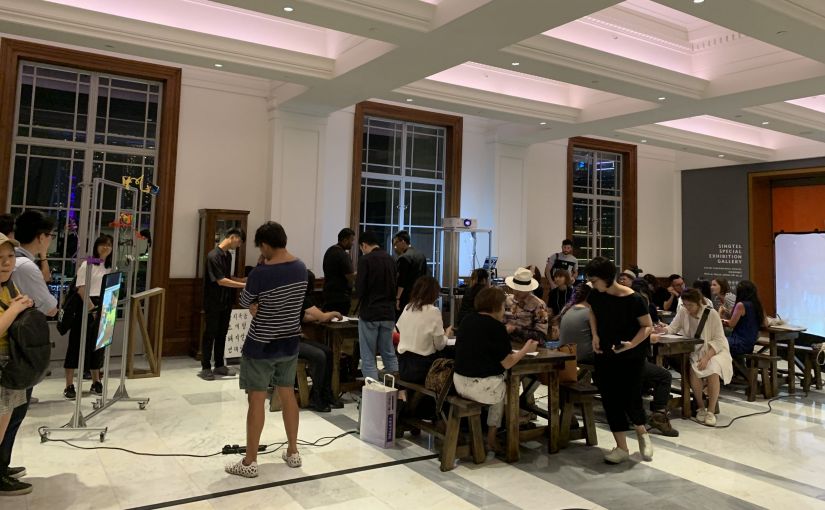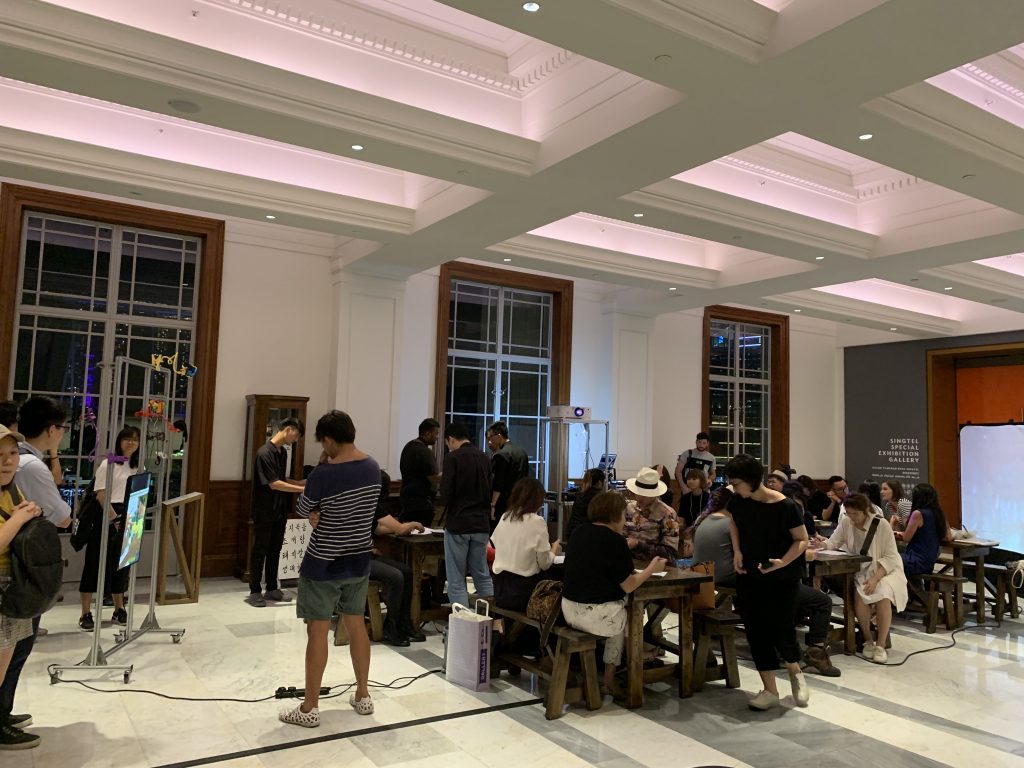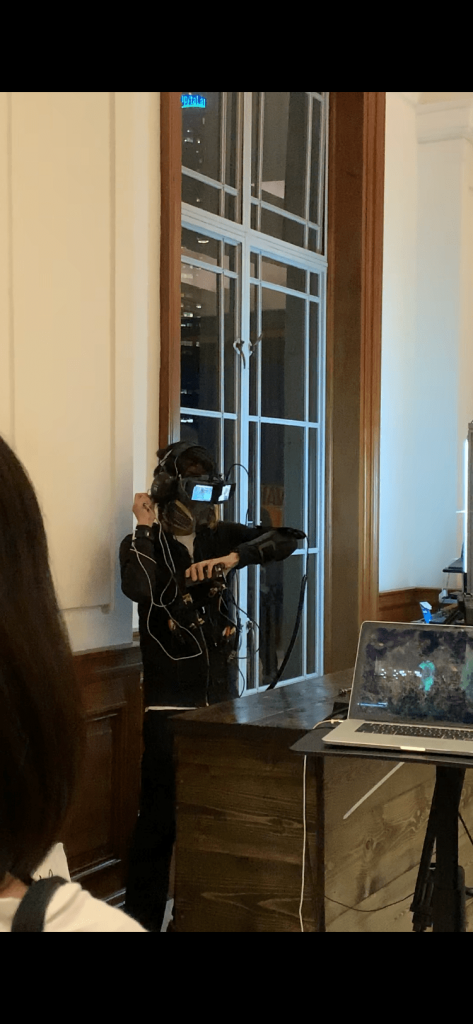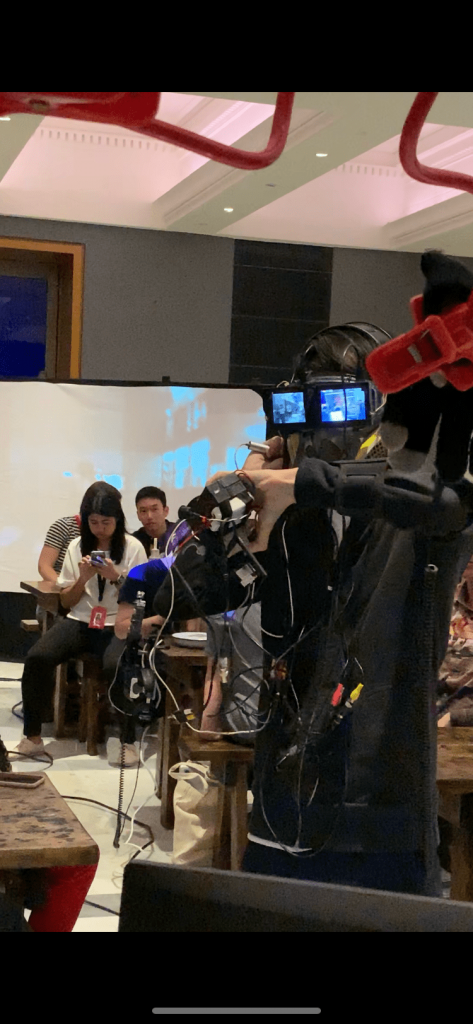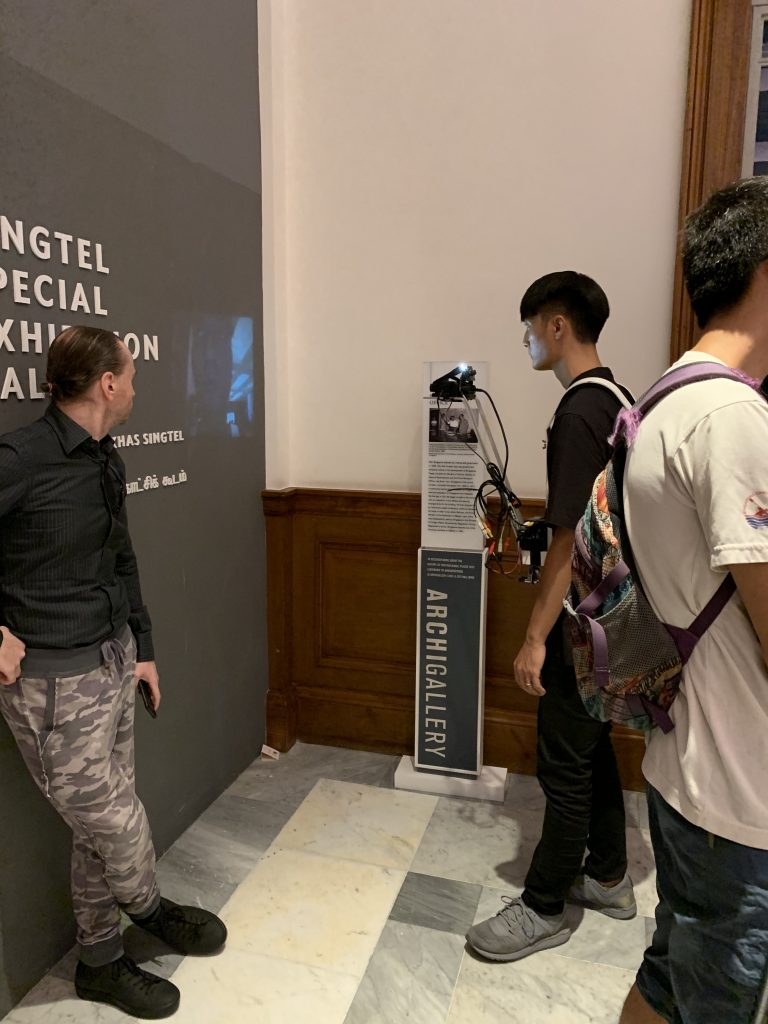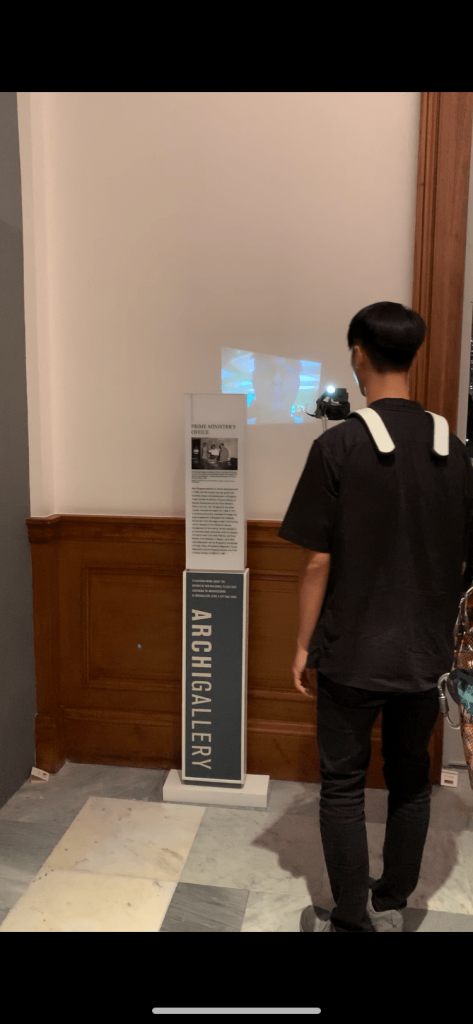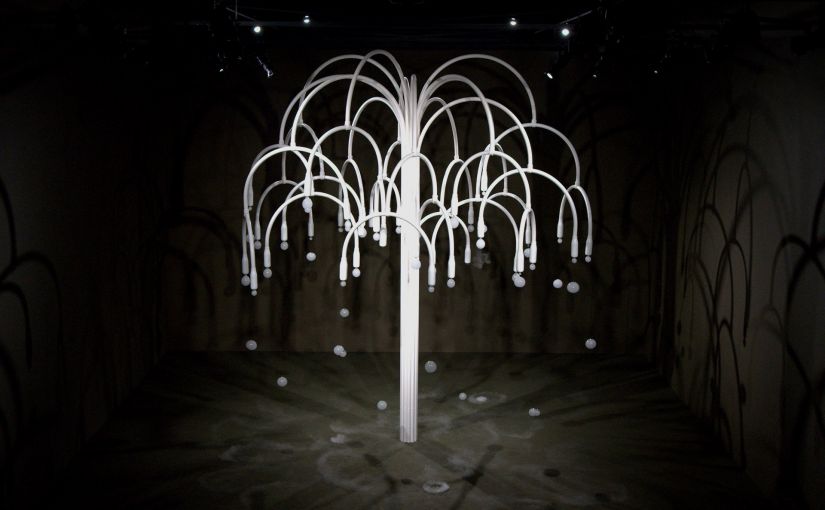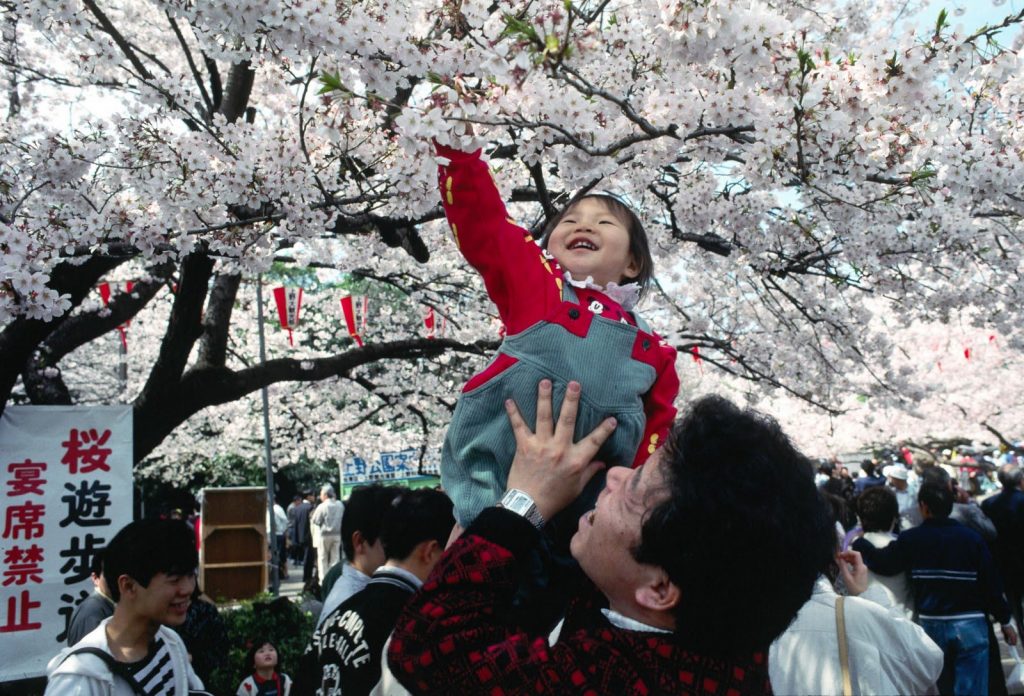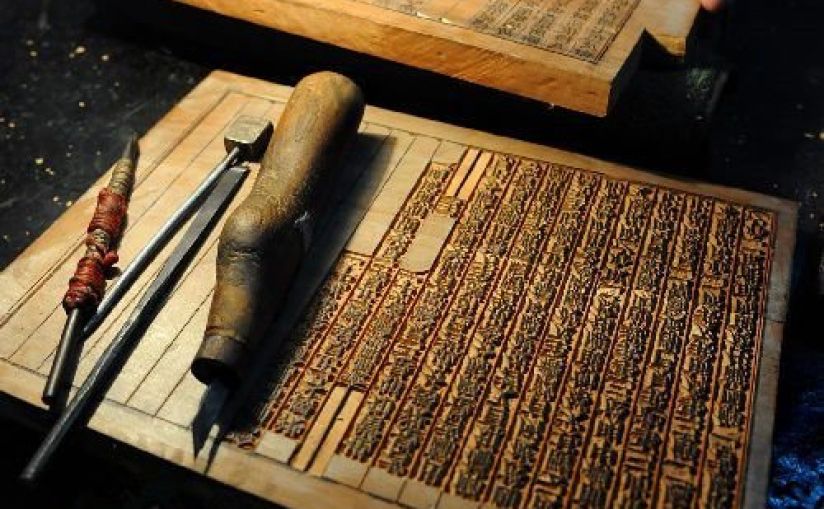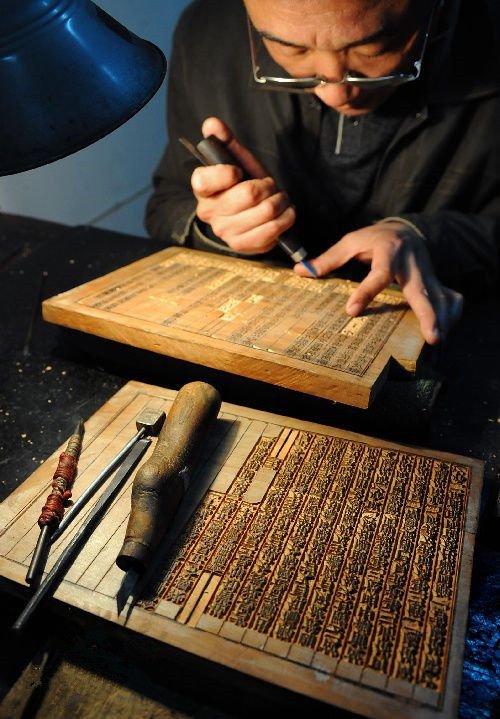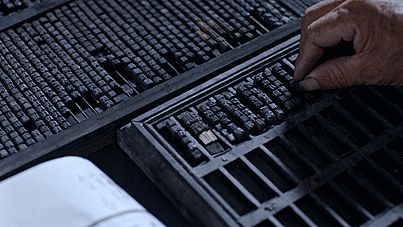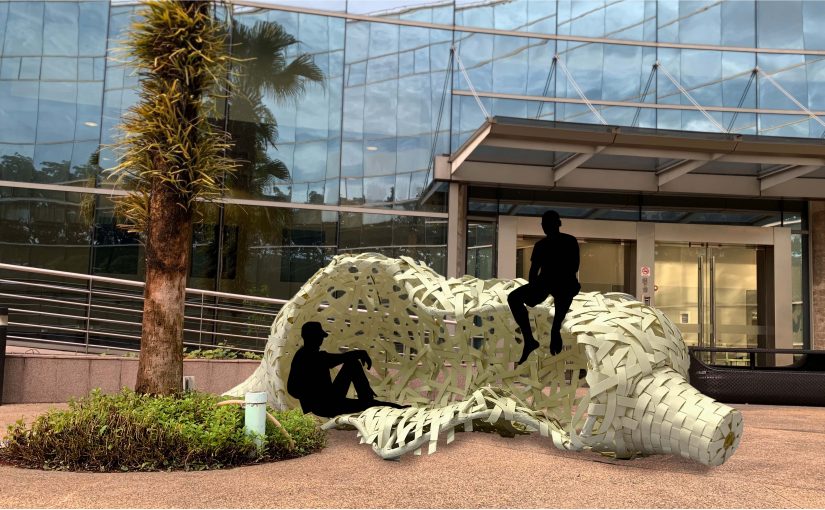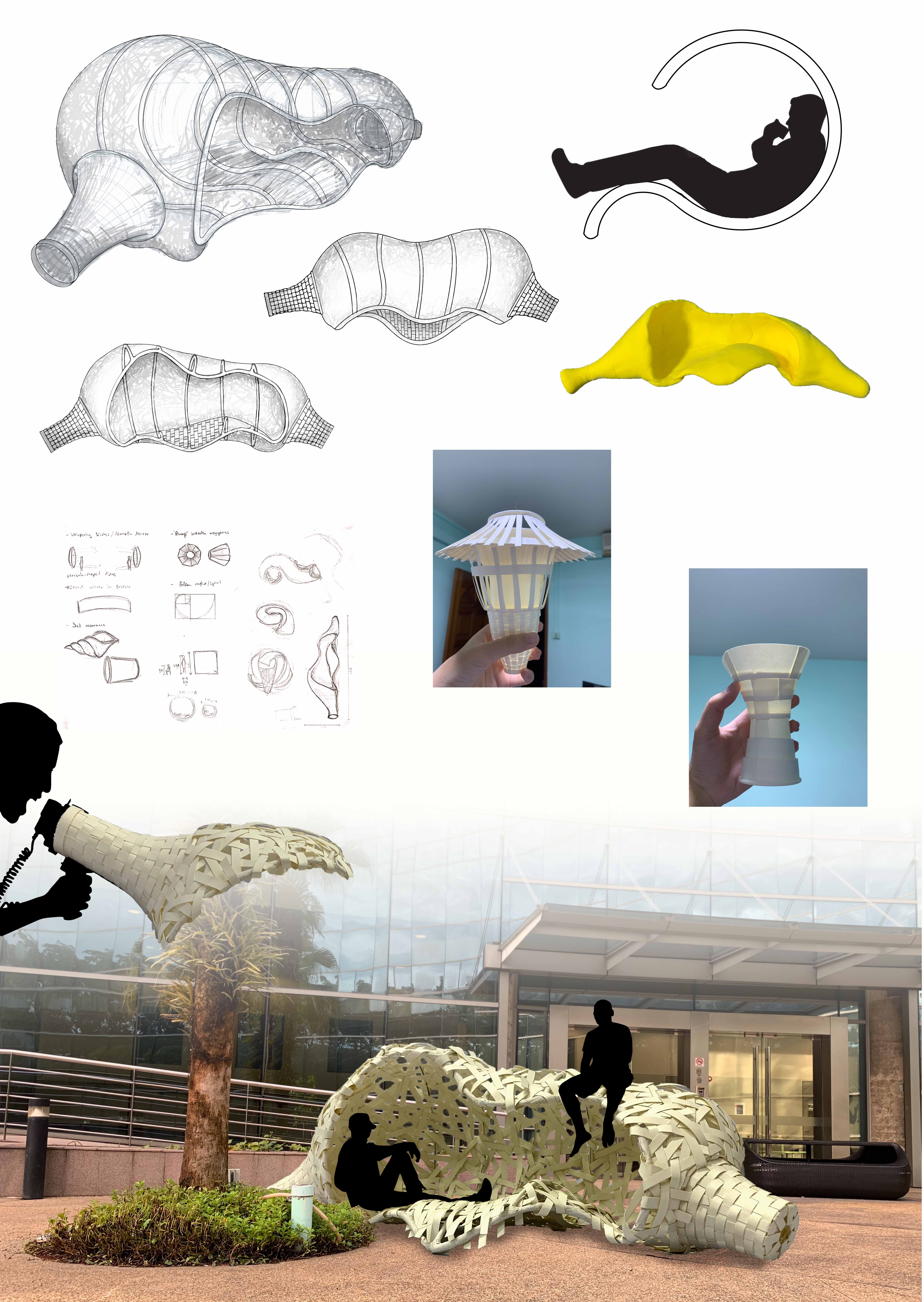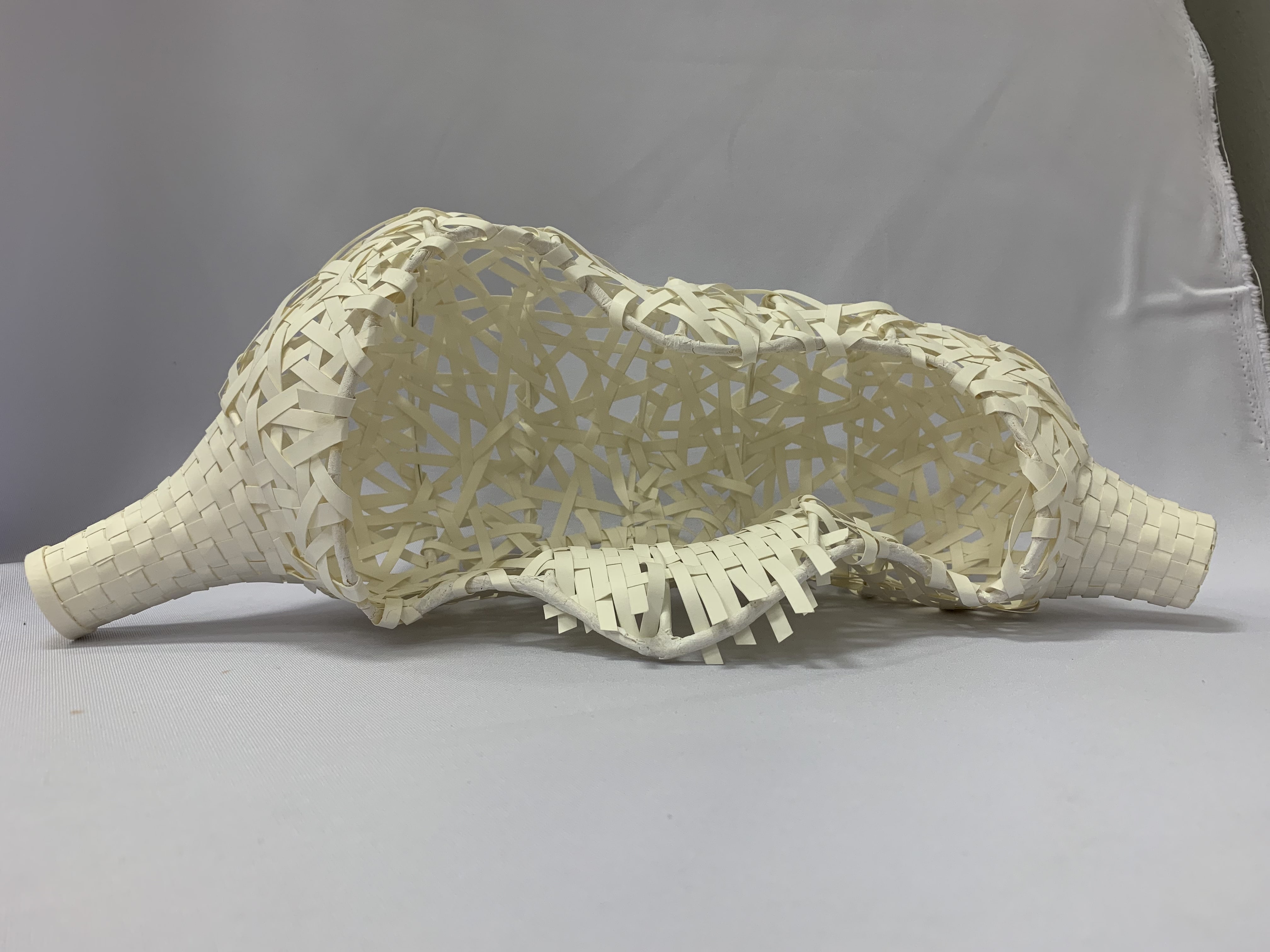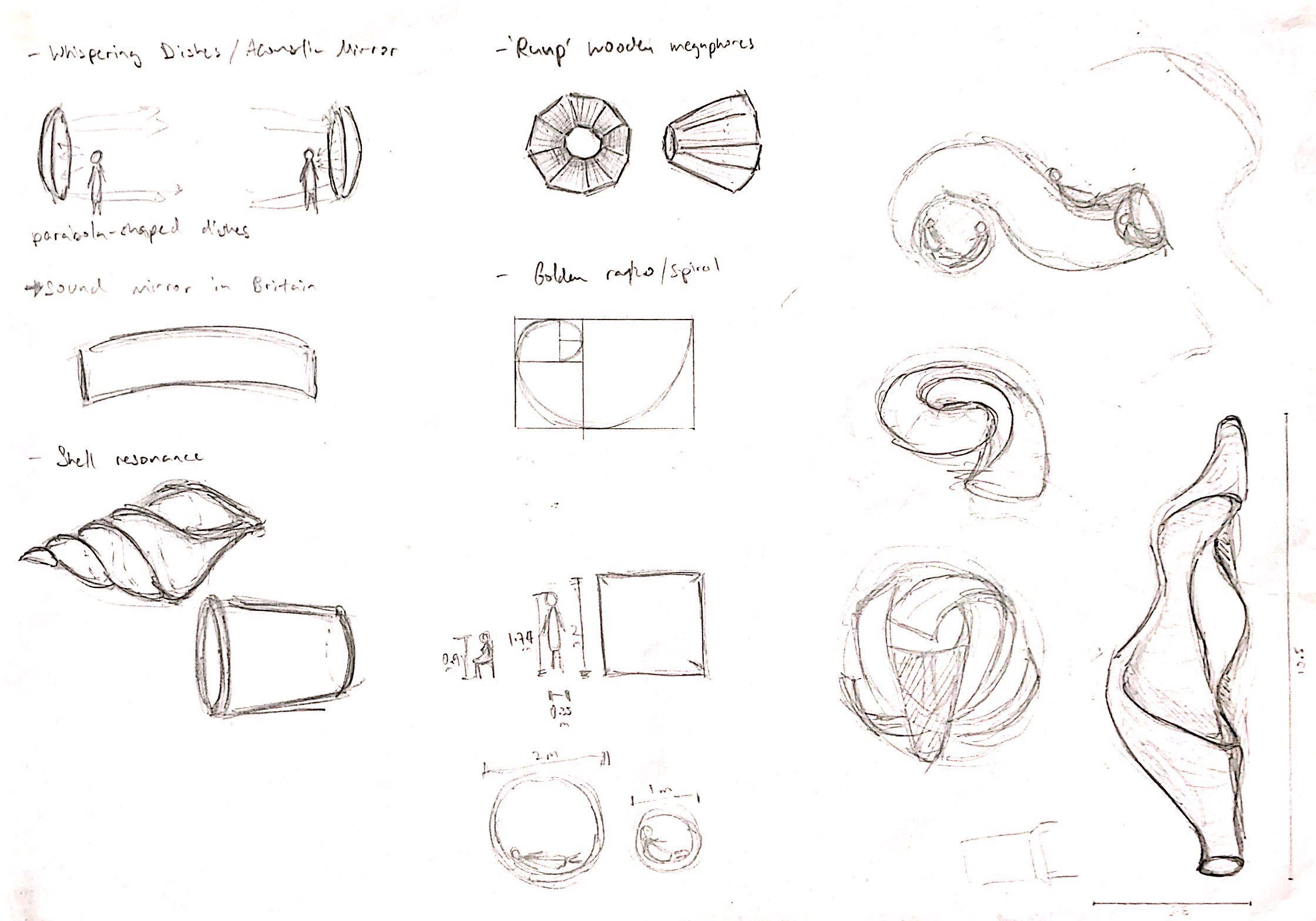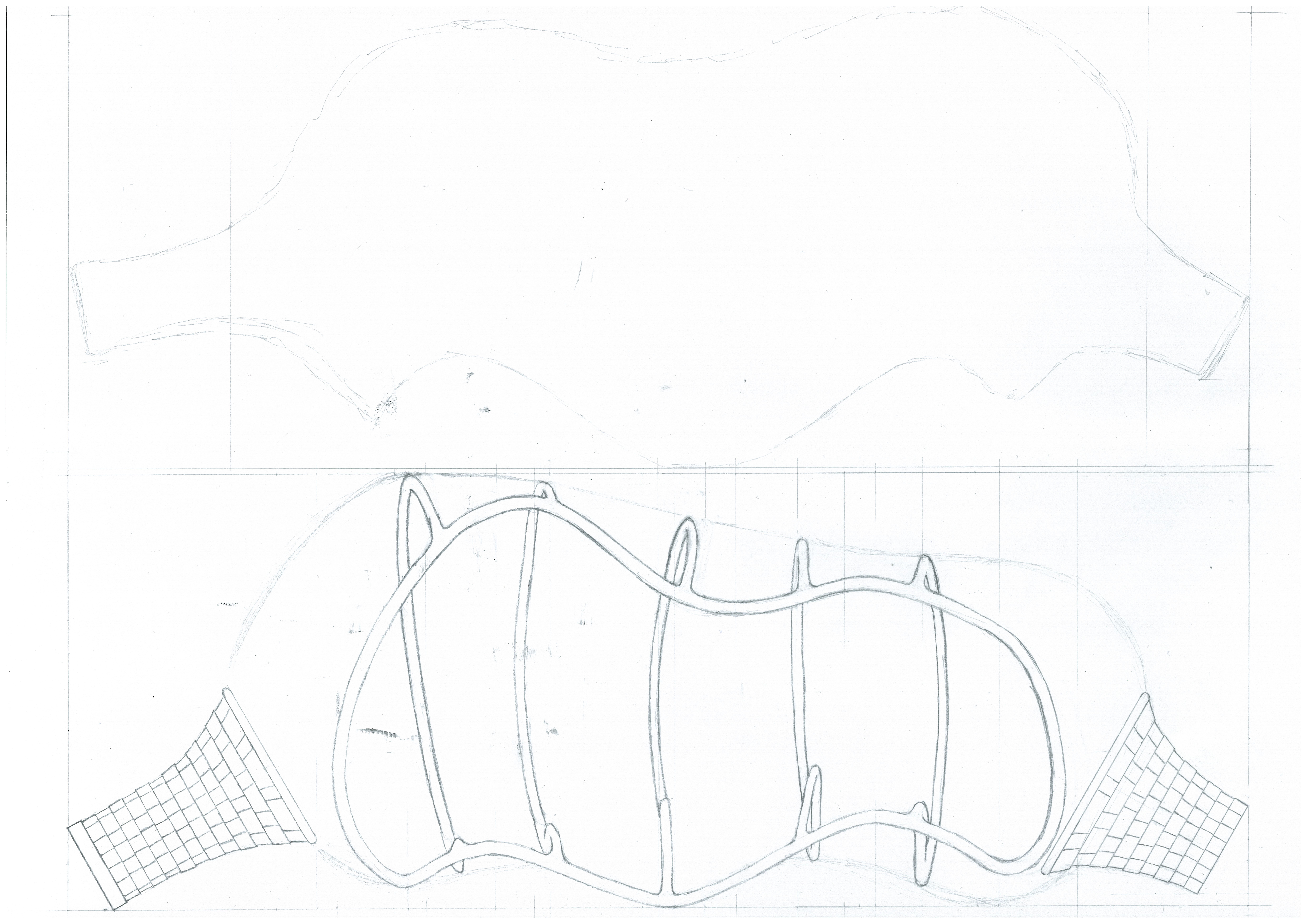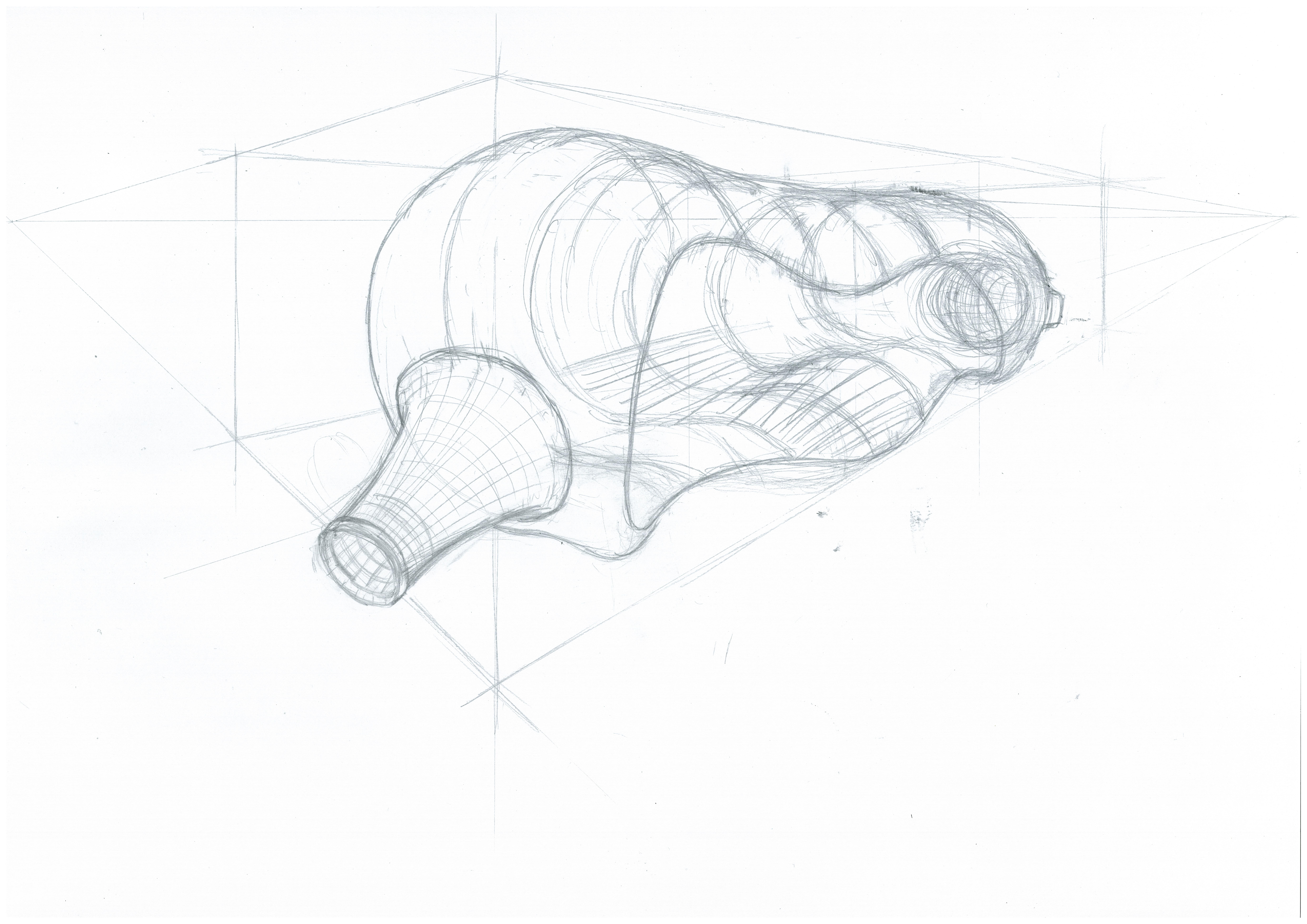In his lecture, Automated Utopia, Ong Kian Peng talked about Artificial Intelligence (AI), utopia and the combination of the two that results in a technological utopian society. He showed us many examples of artworks and films that investigates the relationship between humans and AI, and also prompted us to think about our (humans and AI’s) role in this future technological utopian society.
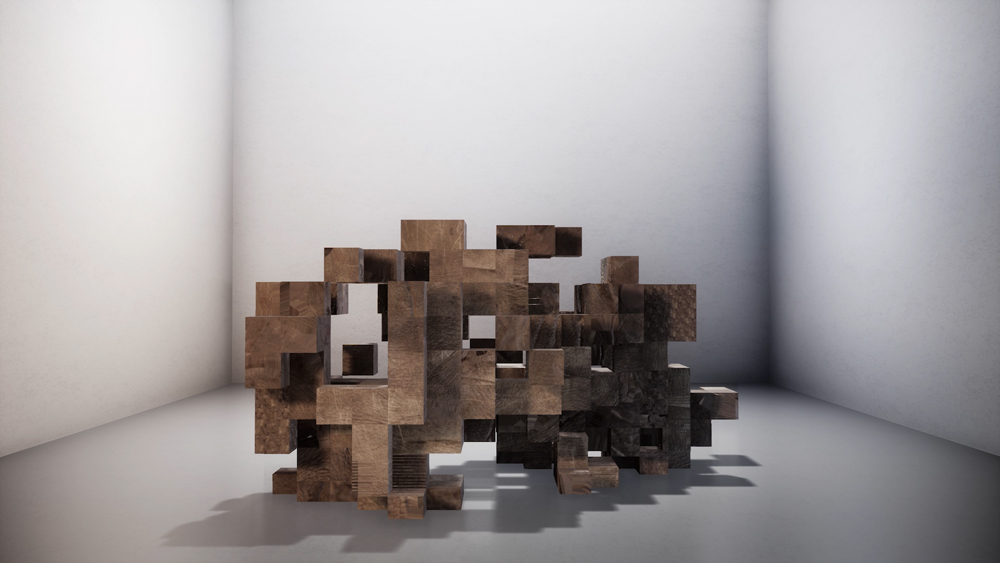
I think one of the most memorable examples was The Substitute by Alexandra Daisy Ginsberg. The installation video is set in a white room and starts off with what seemed like multiple voxels (3D pixels) moving around randomly in the centre of the room. As these voxels move, we see that it resembles a creature of some sort and this is accompanied by sounds that suggest movement and sounds made by this creature. The creature gradually becomes less voxelated, and we get to see that it is actually a rhinoceros. This realistic looking rhinoceros moves around in the white room for almost a minute before vanishing.
The Substitute brings the last male northern white rhinoceros, Sudan, back to life digitally after his species was “lost to human desire for the imagined life-enhancing properties of its horn”. It was made in response to scientists trying to artificially recreate the subspecies of northern white rhinoceros through biotechnology (https://www.nationalgeographic.com/animals/2018/07/white-rhinoceroses-animals-captive-breeding/). With this work, Ginsberg explores the paradox that humans are “[preoccupied] with creating new life forms, while neglecting existing ones”. She questions if we would actually protect this species of rhinoceros if we manage to recreate it, or would it go extinct once again due to humans’ greed. The rhinoceros in the white room reminds us that while it looks real, moves and sounds like an actual rhinoceros, it lacks natural context, just like a rhinoceros created in the lab. And like how the digitally recreated rhinoceros vanishes in the end, the lab-created rhinoceros might just go extinct too.

Even though it discourages the recreation of life forms through biotechnology or digital means, The Substitute prompted me to think about what a world full of digitalised beings would be like, and would this be realised in the future. Imagine waking up to your digital pet dog that will never die, visiting a digital zoo where there is no need for enclosures, or seeing extinct animals like the dodo bird. That sounds like an automated utopia, doesn’t it? In that world, the role of AI would be to capture images, videos and sounds of these animals to learn about them. Through machine learning, the AI will then be able to recreate each of these animals digitally and generate the environment that they live in. What would be our role then, if we live in a digitalised artificial world? To help with the collection of data from the animals or to help preserve these animals so that we can have the data in the first place? It might be cool to think that we can digitally recreate these animals, but like what Ginsberg tries to convey through her work, we should be thinking about preserving the existing life forms rather than focusing on creating new ones.
References:
https://www.daisyginsberg.com/work/the-substitute
https://www.dezeen.com/2019/05/15/cooper-hewitt-design-triennial-is-a-call-to-action-against-climate-change/
https://edition.cnn.com/style/article/visionaries-exhibition/index.html
https://www.smithsonianmag.com/smithsonian-institution/northern-white-rhino-extinct-two-minutes-digital-comback-180974295/
https://collection.cooperhewitt.org/objects/2318798865/
https://scx2.b-cdn.net/gfx/news/hires/2018/resurrection.jpg
